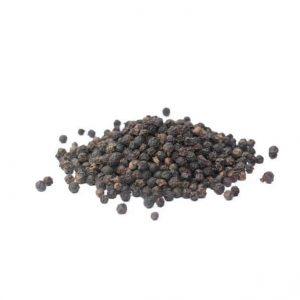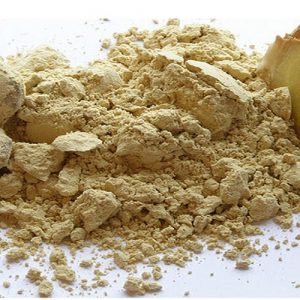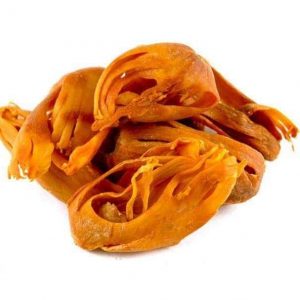DESCRIPTION
Cumin is the seeds of the fruit of the Cuminum cyminum plants. Native to South Western Asia as well as the Middle East, these seeds are dried and used in food as well as for other purposes. Currently, India holds the position of being the leading producers as well as consumers of Cumin. Apart from the seed form, it is also used in the powdered form or as essential oils. The plant requires optimum temperatures between 25-30 degree Celsius and good Mediterranean climate.
HISTORY
Having believed to have originated in the Eastern Meditteranean region, Cumin has been used as a spice for over a thousand years. In the days of the Egyptian civilization, Cumin was used as a spice as well as in the process of mummification, as a preservative. Over time, the spice was a major part of the Roman cuisine. It was also used in the Americas by the Spanish and Portuguese colonists. Today, the main producers of Cumin include India, China, Northern Africa, Chile, and Mexico.
SPECIFICATION
| Product Name | Cumin seeds |
|---|---|
| Origin | Levant (Eastern Meditteranean) |
| Family | Apiaceae |
| Binomial name | Cuminum cyminum |
FEATURES & CHARACTERISTICS
| Color | Brownish-yellow (other variants are also available) |
|---|---|
| Taste and Smell | Earthy, nutty, spicy taste with a strong, warm aroma |
| Quality |
INGREDIENTS
| Nutrients | 375 Kcl Calories 10.5 gm fibre 44.24 gm carbohydrates |
|---|---|
| Minerals | Calcium Iron Magnesium Manganese Phosphorus Potassium Sodium Zinc |
| Vitamins | Vitamin C, E, B |
| Protein | 17.81 gm |
| Fats | 22.27 gm |
USES :
 Culinary – Cumin seeds or in the powdered form is used as a spice in a number of dishes across the planet.
Culinary – Cumin seeds or in the powdered form is used as a spice in a number of dishes across the planet. Essential oils – Due to its aroma and pungent smell, cumin is also used as essential oils and perfumes.
Essential oils – Due to its aroma and pungent smell, cumin is also used as essential oils and perfumes. Skincare – It is mixed with other products such as honey in skincare including exfoliation.
Skincare – It is mixed with other products such as honey in skincare including exfoliation. Medicinal – Cumin is used in traditional medicine to make kashaya, arishta, etc. It is also used in several Indian households as jira water.
Medicinal – Cumin is used in traditional medicine to make kashaya, arishta, etc. It is also used in several Indian households as jira water.












Reviews
There are no reviews yet.